Połczyn-Zdrój Deanery
6.43
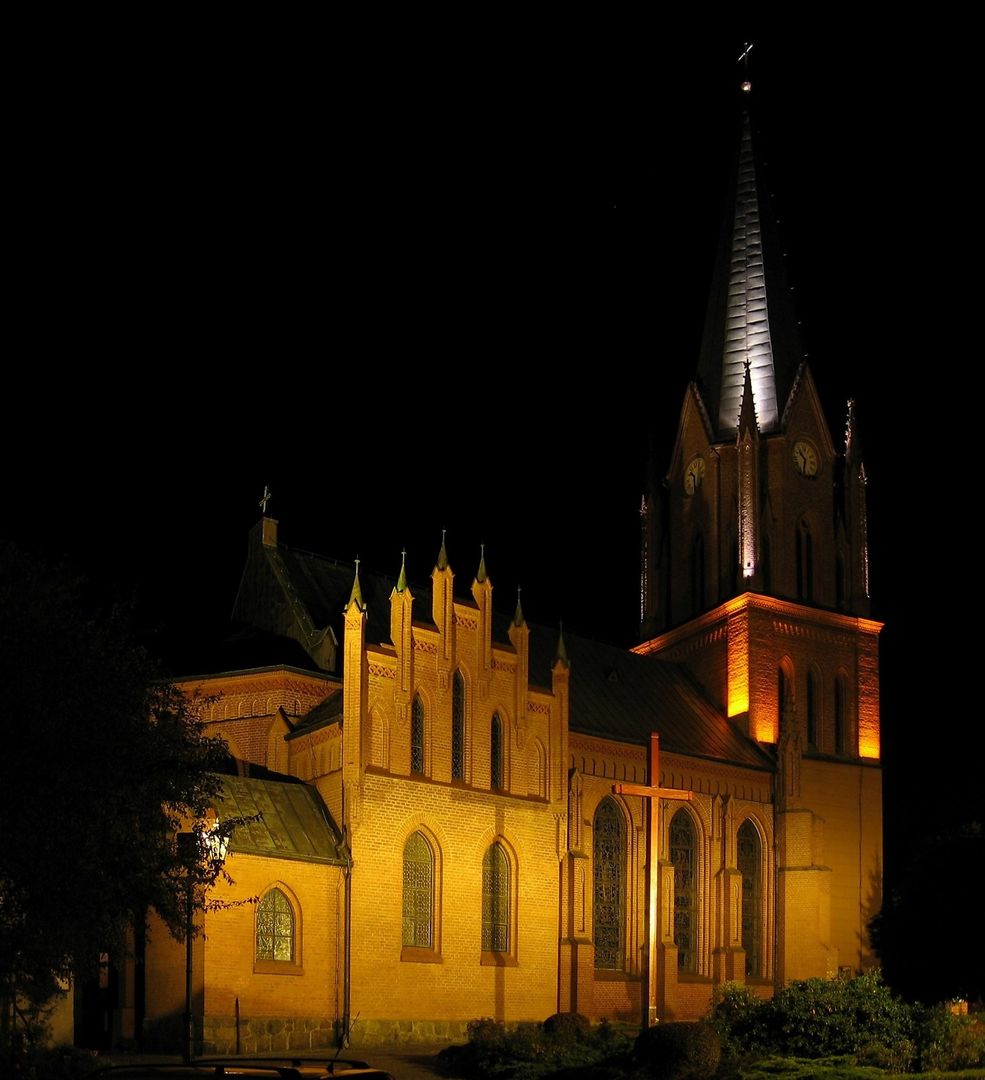
Overview
The Deanery of Połczyn-Zdrój, part of the Koszalin-Kołobrzeg Diocese within the Szczecin-Kamień Metropolitan Archdiocese, comprises a rich network of parishes reflecting both the architectural and cultural heritage of the region. The deanery includes numerous parishes, such as Kluczewo, Krosino, Lipie, Ostre Bardo, Połczyn-Zdrój, Popielewo, Rąbino, Redło, and Toporzyk. Each parish boasts its own unique architectural and historical features.
The churches within the deanery represent a variety of architectural styles, ranging from Gothic and Baroque to Modernism, reflecting the long history of these communities, whose roots date back to the Middle Ages. The parish in Kluczewo, dedicated to the Nativity of St. John the Baptist, features a church that exemplifies local building traditions. The parish in Krosino, dedicated to St. Peter and Paul, stands out with its beautiful branch churches that capture the eye. A particularly fascinating site is Ostre Bardo, with its Church of St. Catherine, which holds numerous valuable historical elements.
An interesting aspect is the diversity of local traditions and rituals that shape the religious and cultural life of these communities. The parishes not only serve religious purposes but also function as social hubs where various cultural events, festivals, and gatherings are organized. In Połczyn-Zdrój, known as a health resort, parishes play a key role in integrating visitors who come for health-related purposes with the local community.
It is also worth noting that the Deanery of Połczyn-Zdrój is rich in natural beauty, which supports the development of tourism. The area features picturesque landscapes ideal for walks and relaxation, while numerous churches and chapels create a unique atmosphere, blending spirituality with the beauty of nature. Local traditions and history shape the character of each place and influence interpersonal relationships, fostering a community connected not only by faith but also by cultural heritage. The Deanery of Połczyn-Zdrój, with its parishes and architectural treasures, forms an essential part of the local spiritual and cultural landscape, attracting both the faithful and tourists alike.
Location
County
Drawsko County
Country
You can also find here:
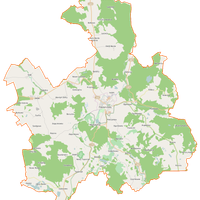
Połczyn-Zdrój
8.11
Świdwin Deanery
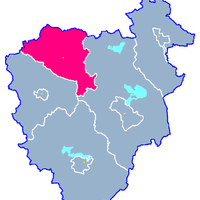
Thunderous
7.61
Szczecinek Deanery
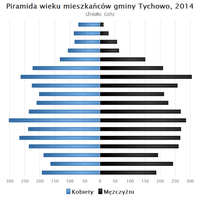
Tychowo
7.45
Połczyn-Zdrój Deanery

Złocieniec
7.44
Połczyn-Zdrój Deanery
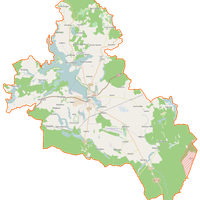
Drawno
7.44
Połczyn-Zdrój Deanery

Świdwin
7.29
Świdwin Deanery
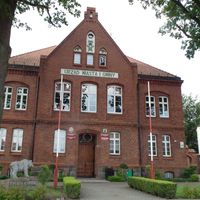
Barwice
7.2
Połczyn-Zdrój Deanery

Rybinsk
6.93
Świdwin Deanery
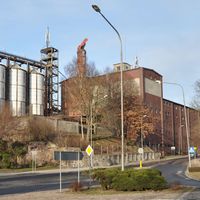
Połczyn-Zdrój
6.84
Połczyn-Zdrój Deanery

Drawski Landscape Park
6.71
Połczyn-Zdrój Deanery
2025 Wizytor | All Rights Reserved